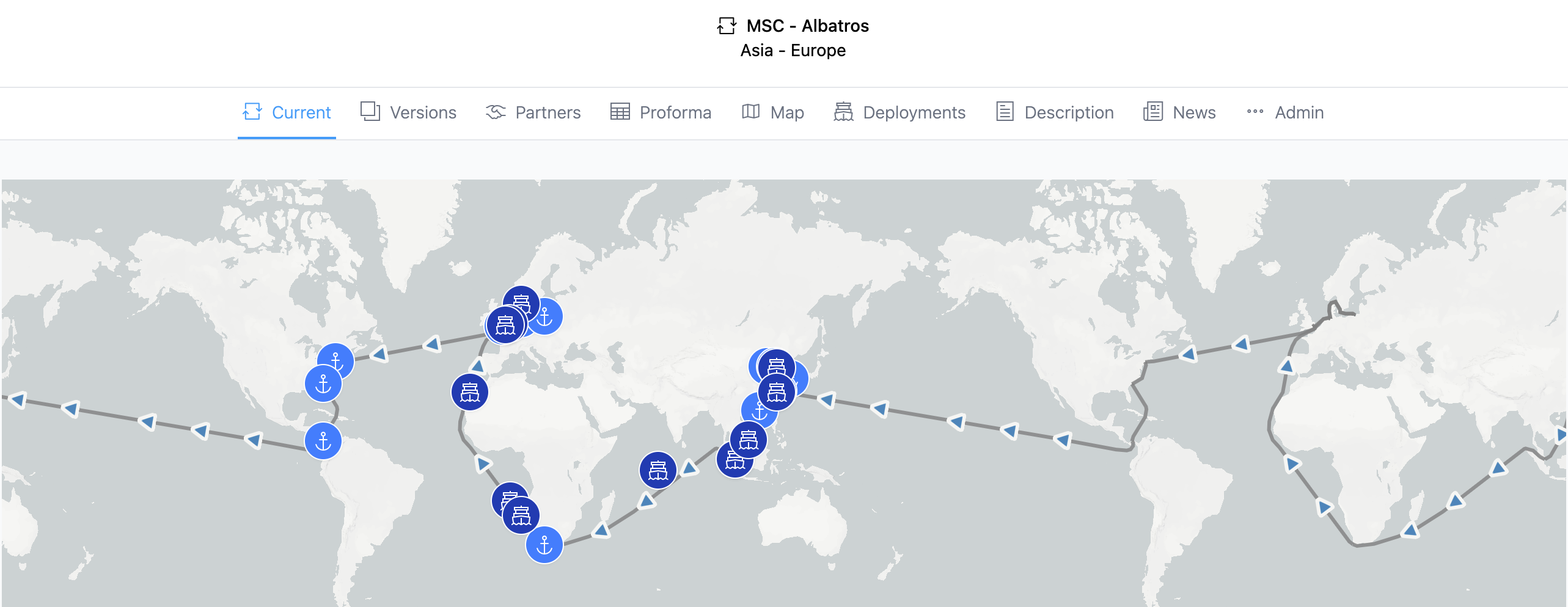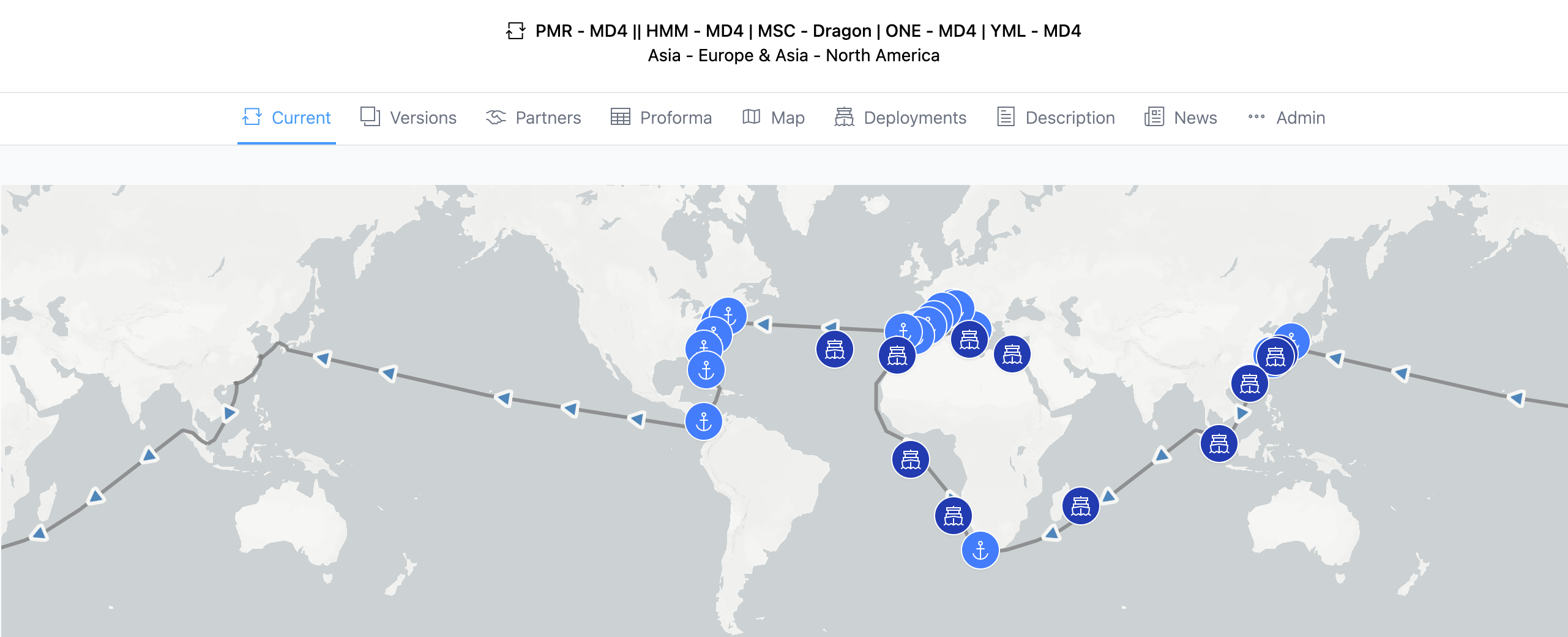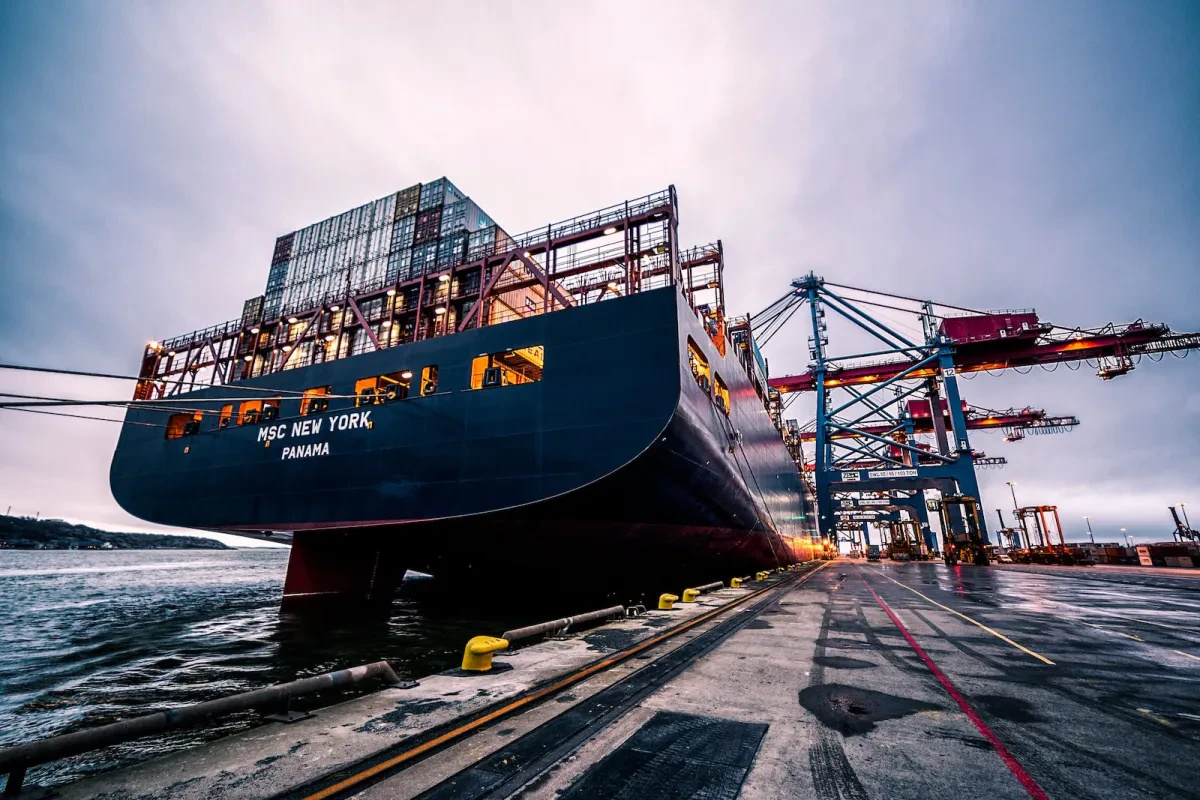In an confident move, MSC has begun reshaping two additional major E/W strings into RTW services. While the carrier is regularly making headlines for new service offerings like the Alpaca, Iroko, or the Australia/New Zealand to US East Coast Eagle - major changes to other offerings are being rolled out with less fanfare but no less significance.
MSC - Albatros Rotation

eeSea analysts recently confirmed via long-term and P2P schedules that MSC’s Albatros will be extending calls to New York and Charleston on the US East Coast, and then returning to Asia via Panama on a westbound route. This means it will be transformed from a classic Far East - Europe string to a RTW loop, extending the full roundtrip by an additional week to 119 days. The MSC - Dragon, a former standalone Far East - Europe service, became a part of the Premier network’s MD4 in February and is also now becoming a RTW service that will include calls to New York, Boston, Norfolk, and Charleston with a roundtrip of 126 days. Both services currently deploy vessels of an average 16K TEU.
MSC - Dragon Rotation

These discoveries come on the heels of another complex string evolution. Back in June, Linerlytica revealed that the longstanding transpacific Chinook service would be merging with the Clanga and become a pendulum string directly connecting the US West Coast to the Persian Gulf.
The threefold focus of these recent developments on the US East Coast, if we are to include the Alpaca service, is no surprise. MSC has become an increasingly strong presence here, securing their network from both the transpacific and transatlantic side. On the Europe - North America trade, MSC accounted for 29% of total trade capacity through its standalone services alone in August, while Gemini represented 17% of proforma capacity this month.
MSC Trade Capacity on Europe - North America

On the transpacific, MSC calls the US West Coast on just 4 standalone services; the Chinook - Clanga, Pearl - Shikra, Orient, and Sentosa. The rest of their transpacific offerings transit the Panama Canal and connect Asia to the US East Coast alongside partner ZIM. These include the Empire, Amberjack, and Lone Star Express.Two interesting directional outliers of this partnership are the Emerald and America strings; the former is yet another RTW service and the latter reaches the East Coast with a westbound transatlantic journey past the Cape of Good Hope. MSC's standalone and ZIM partnered offerings amount to 357K TEU of proforma capacity in August, or 14% of total Far East - North America monthly capacity.
eeSea Signals
- All MSC Services on Northern Europe - North America
- All MSC Services on Mediterranean - North America
- All Far East - North America
- Trade Capacity Index + Schedule Reliability Index - Tableau Permission Required
- MSC Services by Cargo Flow, Vessel Size - Tableau Permission Required

